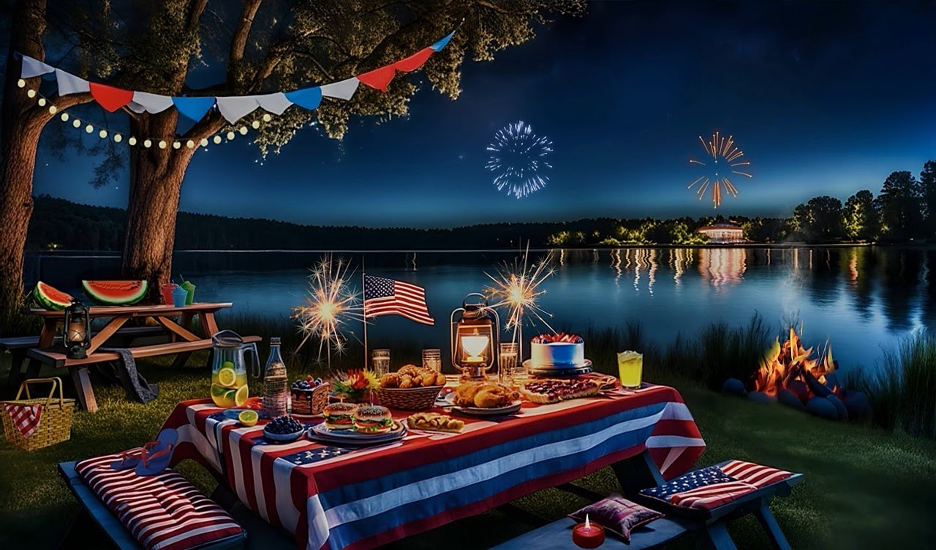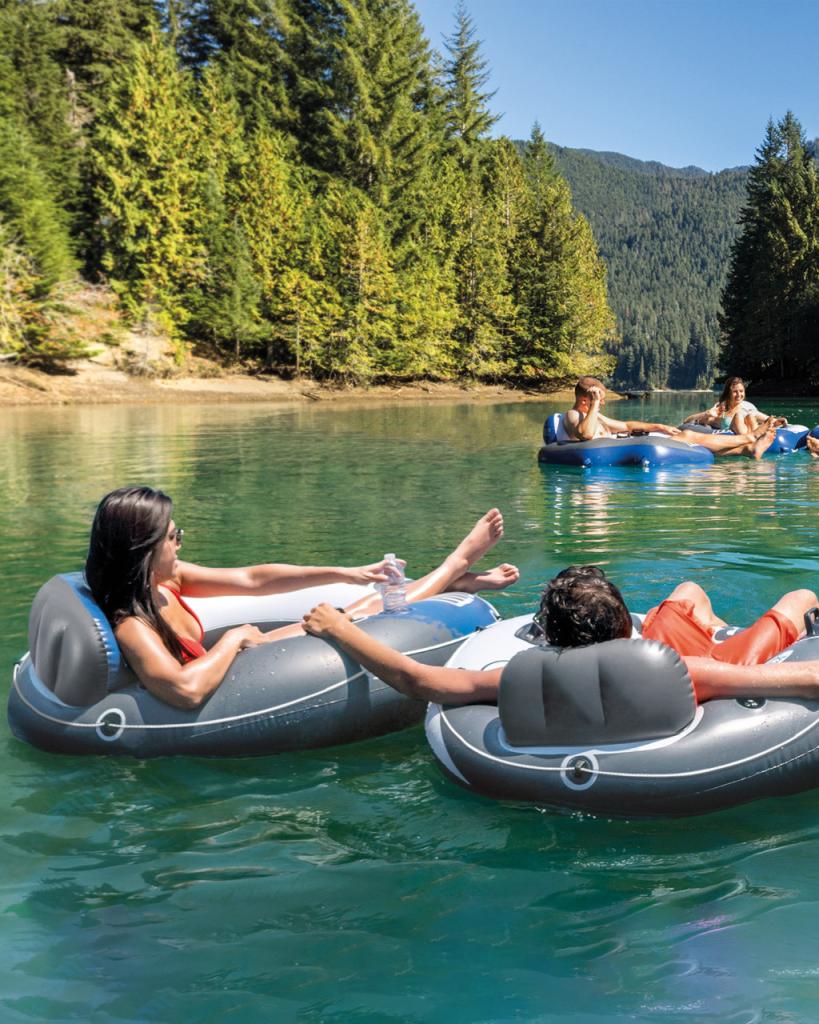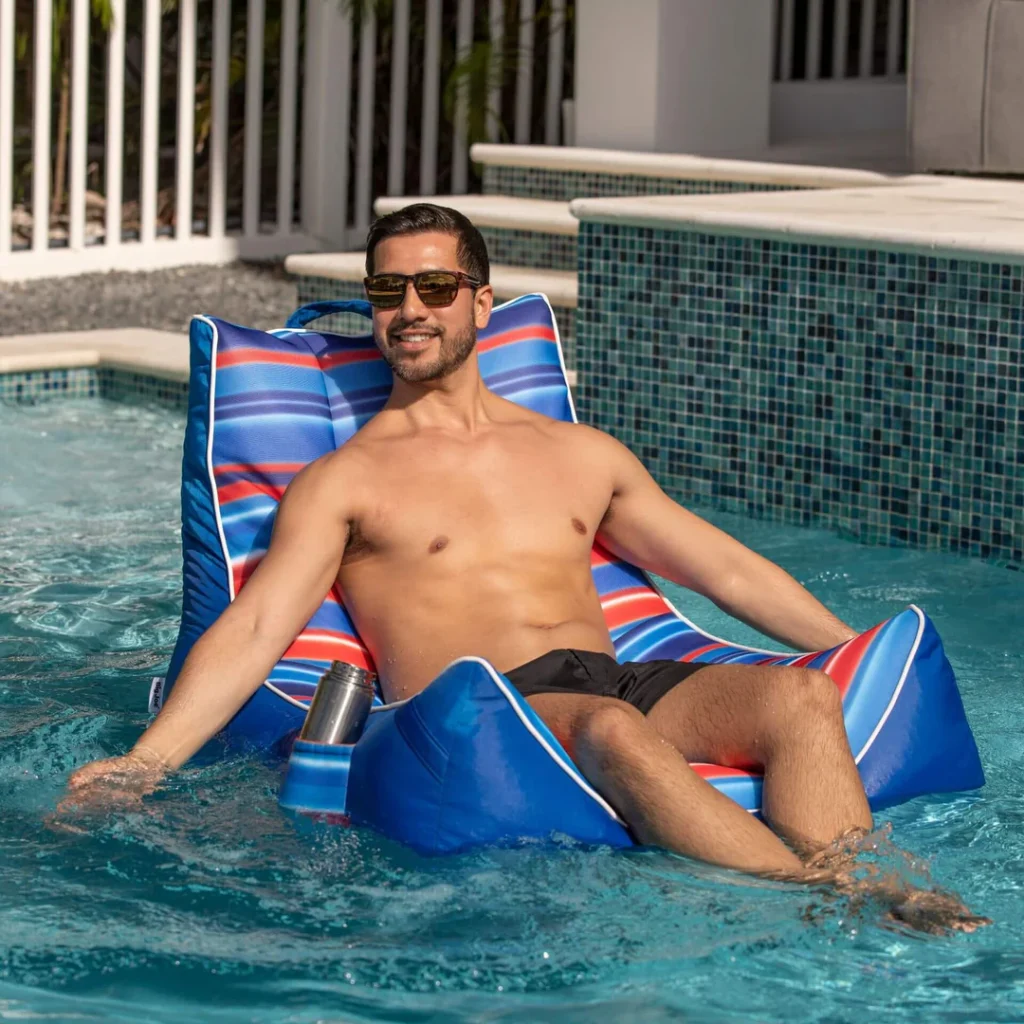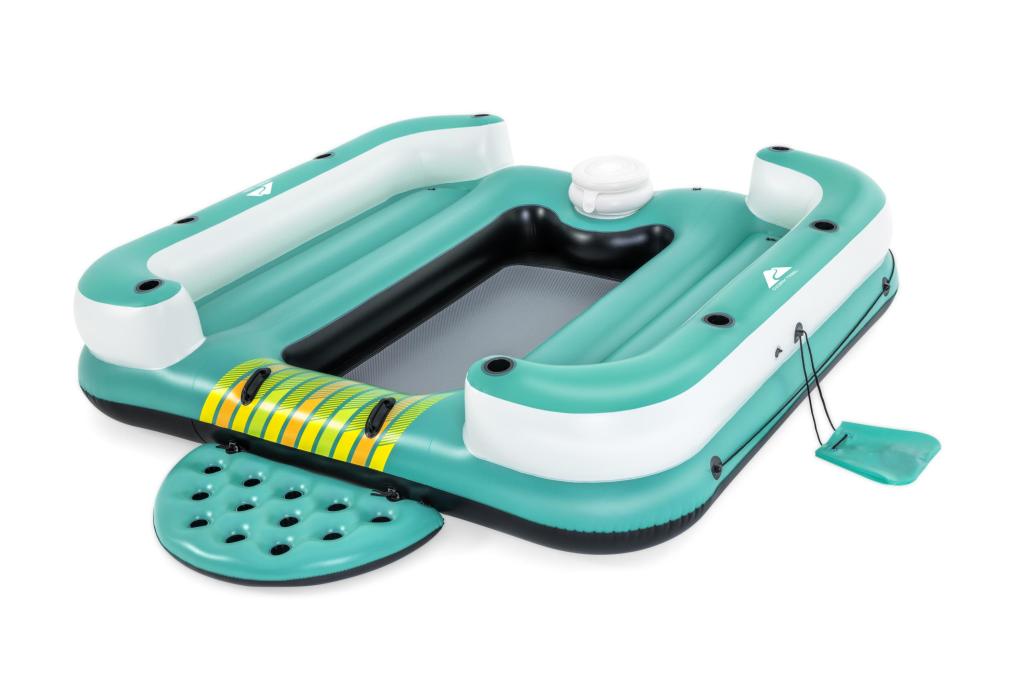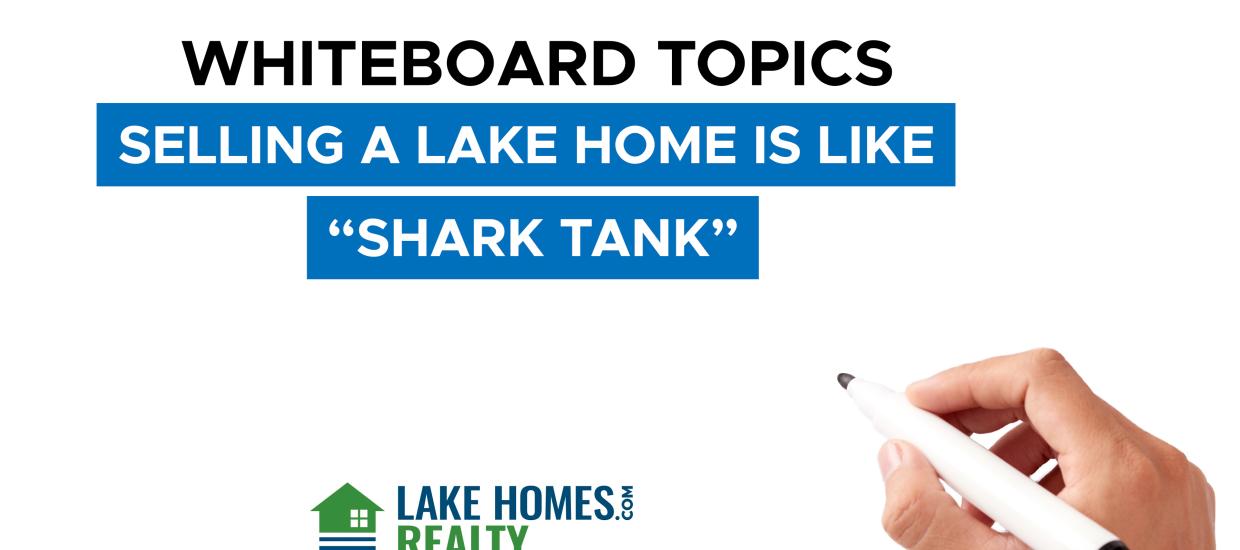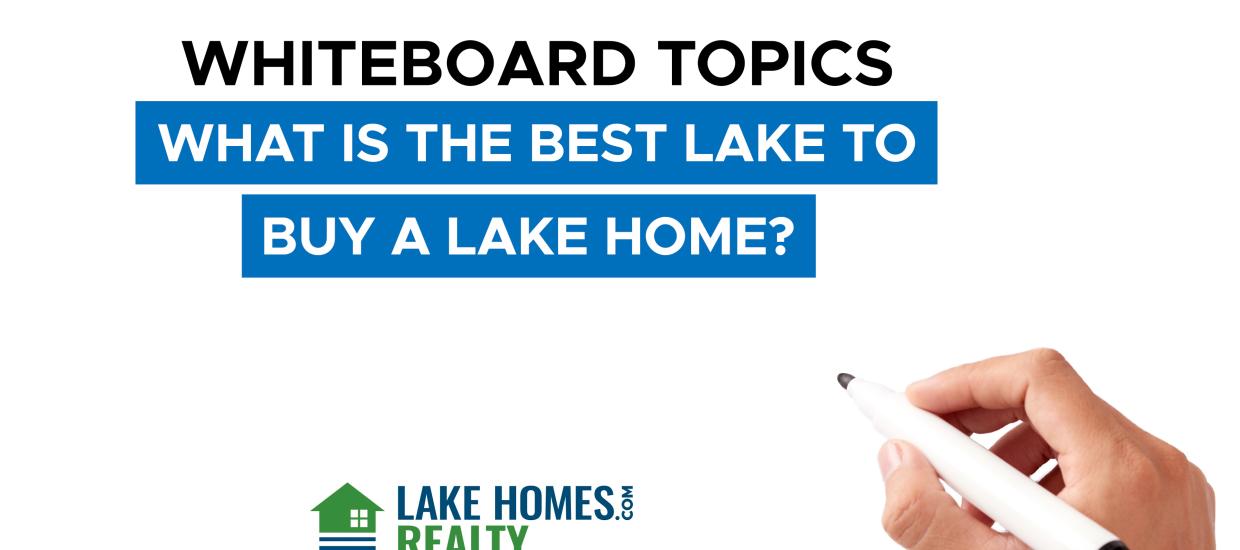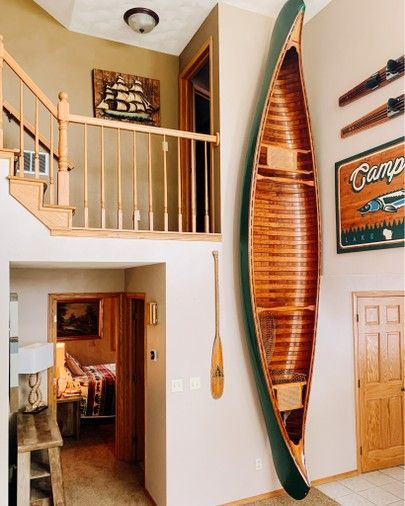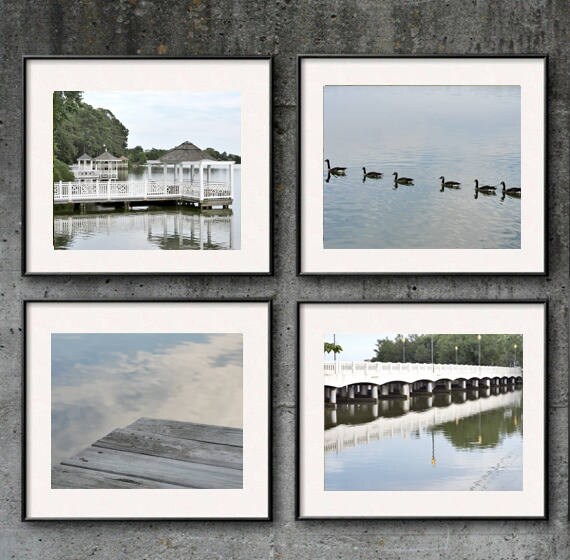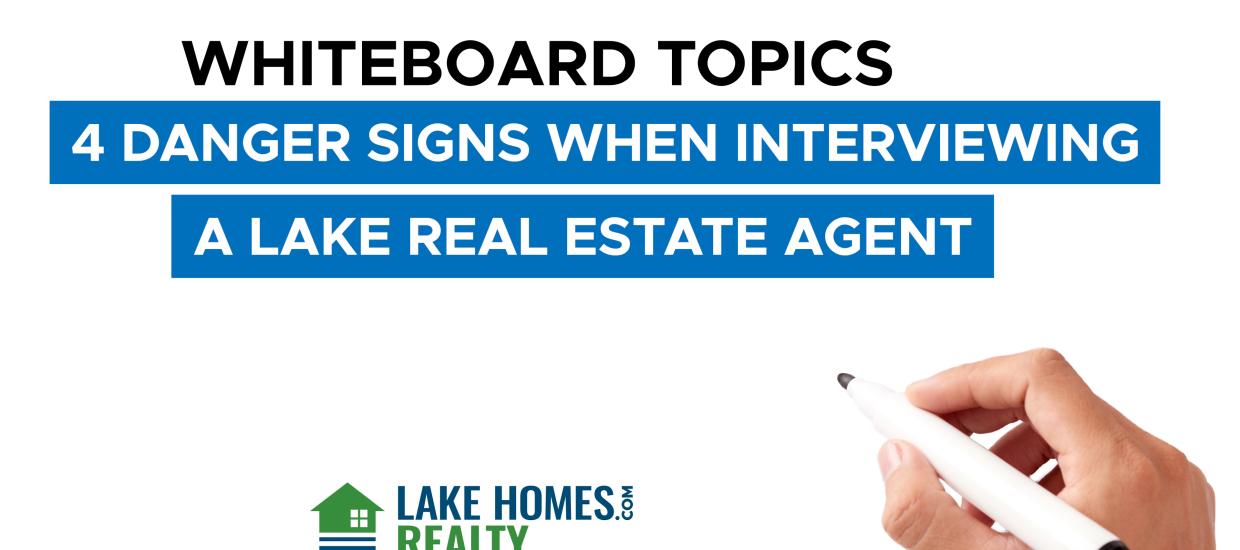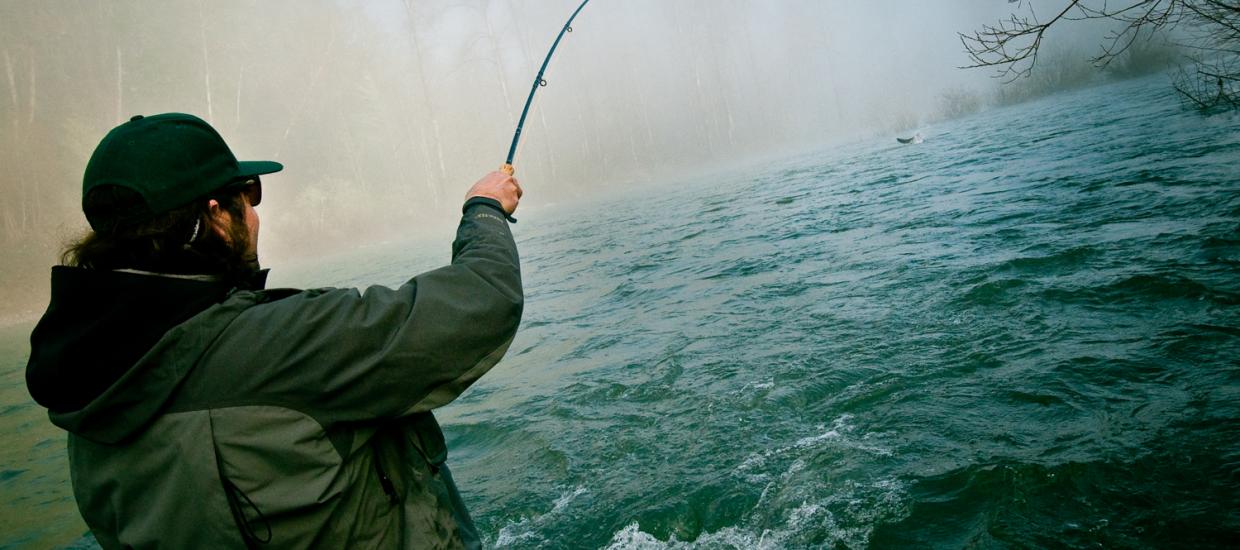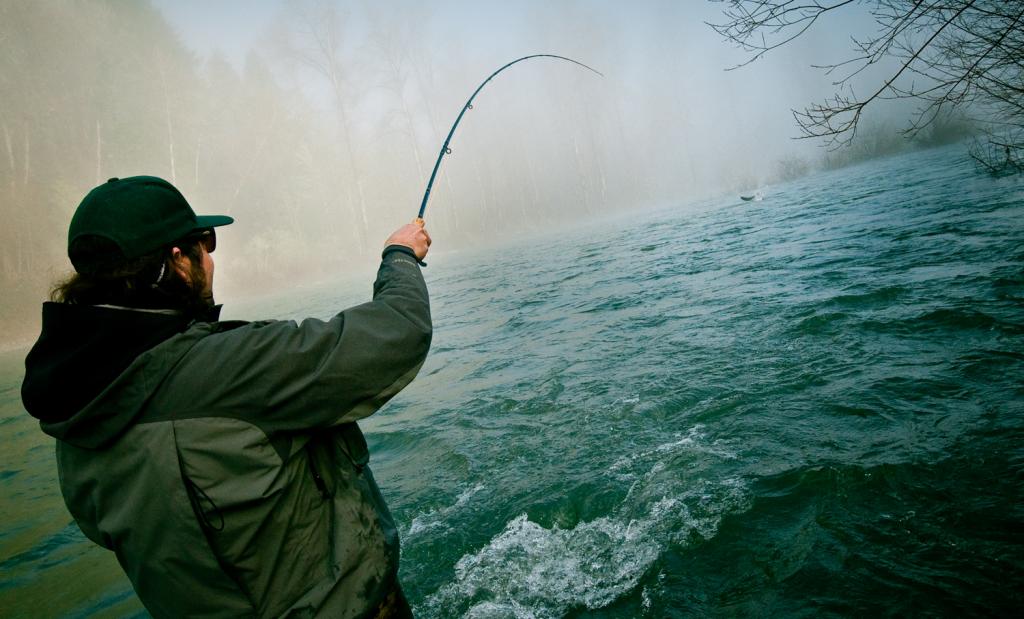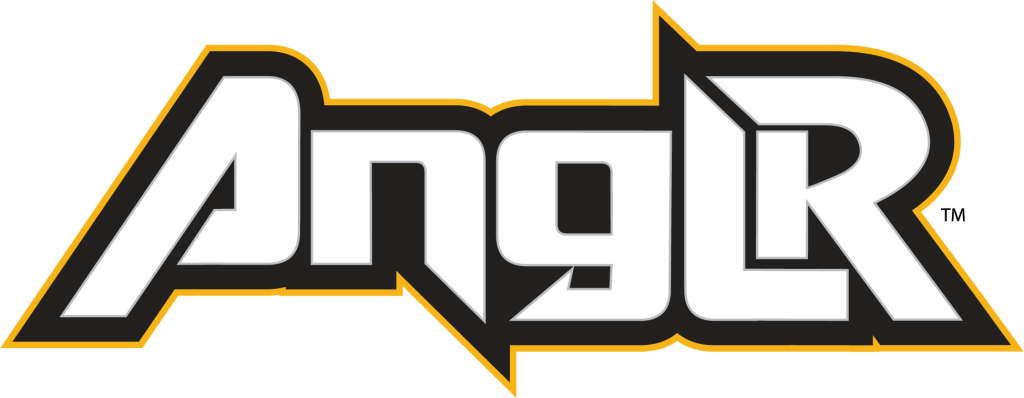
The Fourth of July is synonymous with fireworks, barbecues, and lakeside fun. As temperatures soar, keeping cool and refreshed becomes essential to your holiday enjoyment. Enter the big-batch party punch—a vibrant, flavorful libation that quenches your thirst while bringing a summery flair to your backyard barbecue. Whether you’re hosting a large gathering or a small family get-together, these punch recipes will be the life of the party.
Each concoction offers a medley of fresh fruits, zesty citrus, and aromatic herbs, ensuring a burst of summer flavor in every sip. Plus, these versatile recipes allow you the freedom to include or omit the alcohol, so there’s something for everyone to enjoy. So, this year, why not add some punch to your Fourth of July festivities with these invigorating recipes that will elevate the fun and keep guests comfortably chilled.
Watermelon Punch

Nothing says Fourth of July quite like the cool, refreshing sweetness of watermelon. The iconic fruit of summer, it’s an all-American essential at your barbecue, whether you’re enjoying the lake life or grilling at the beach with friends and family. This patriotic big-batch punch blends some of summer’s best flavors—watermelon, fresh lime, and chilled pineapple juice—with the zing of grated fresh ginger and your choice of vodka, rum, or tequila.
The secret is letting it sit after blending and straining, allowing the flavors to mingle. Omit the alcohol and make a batch for the kids’ table and non-drinking guests. Make it memorable and serve with colorful cups, straws, and party favors. It’s the perfect thirst quencher for sweltering summer heat and tastes even better when you sip it dockside with your toes in the water. Visit Southern Living for the full recipe. Cheers!
Blue Hawaiian Party Punch

For a blast from the past, whip up a batch of this electric blue concoction for your Fourth of July barbecue. Made with—you guessed it—Blue Hawaiian Punch, pineapple juice, coconut rum, and vodka, this eye-candy cocktail can’t help but get the party started! You can even use blue raspberry Kool-Aid for an authentic throwback flavor from childhood. To celebrate in style, garnish with Maraschino cherries for a pop of firecracker red. You can make this 24 hours ahead and add the ice when ready to serve. Any liquor brand will do, and you can even invent your own interpretations without alcohol or other Hawaiian punch flavors. Visit Crazy For Crust for this deliciously easy recipe.
Firecracker Punch

Celebrate the red, white, and blue with a family-friendly Firecracker Punch. This festive party punch takes your holiday barbecue bash to the next level, with all-natural ingredients and no blue tongue! A tart and sweet libation made with freeze-dried strawberries, freeze-dried raspberries, and lemonade, this patriotic punch gets a fizzy kick of effervescence with nonalcoholic ginger beer. Serve over ice and garnish with frozen, fresh blueberries and lemon slices. For guests who prefer a spiked punch, simply splash with gin or vodka. Click here for the complete recipe.
Big-Batch Negroni Sbagliato

Fans of the ever-popular Negroni cocktail will savor this bubbly Fourth of July rendition called the Negroni Sbagliato. Perfect for a crowd, you can mix this up ahead of time in a punch bowl using a combination of Campari and sweet vermouth. Before serving, add ice and sliced oranges or other seasonal fruit, and finish with a spritzy prosecco for an effervescent bittersweet refresher. You can even dust your concoction with grated cinnamon for a kick of summer spice. Visit Liquor for the recipe.
Red Sangria

Festive and fit for a crowd, this red sangria serves up a flavor burst of wine and fresh fruit over ice. An all-time favorite, sangria offers a classic option for summer celebrations, and it’s completely customizable to suit any taste. You can choose red, white, or rosé wines, but this recipe calls for red wine for a vibrant Fourth of July color splash. Plus, the red wine stains the fruit you add to your sangria, adding an appealing visual that always accompanies this iconic cocktail.
Summertime is open season for adding fresh peaches, nectarines, strawberries, oranges, plums, and apples for a tangy citrus note. This recipe incorporates brandy or fruit-based liqueur and pineapple juice, but you can get creative and add triple sec, Grand Marnier, and other hard liquors. Top with seltzer for a fizzy finish if desired. Visit The Pioneer Woman for the recipe.
Spicy Margarita Punch

Margarita lovers, this one’s for you! A zesty rendition of the classic fresh margarita, this Spicy Margarita Punch includes a firecracker kick of jalapeño tempered with the cooling sensation of muddled English cucumber, cilantro, and mint. Mix this summer libation in a punch bowl with tequila, lime juice, agave, and orange juice, and chill for an hour. You can also refrigerate it overnight, if preferred. Before serving, use a fine-mesh sieve to remove and discard the solids. Serve in salt-rimmed glasses over ice and lime wedges, and garnish with sliced cucumbers and jalapenos for the ultimate flavor mingle. Visit Food & Wine for the recipe.

